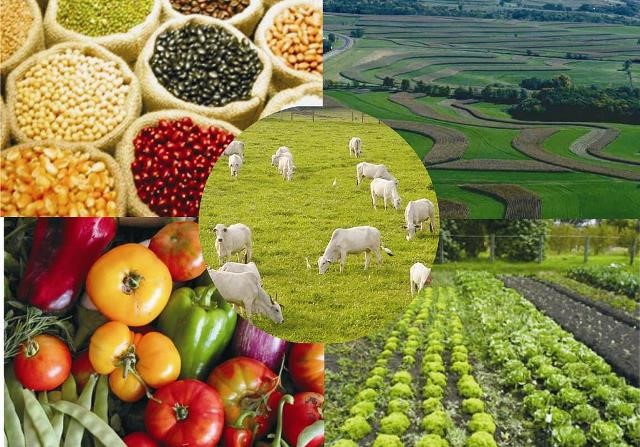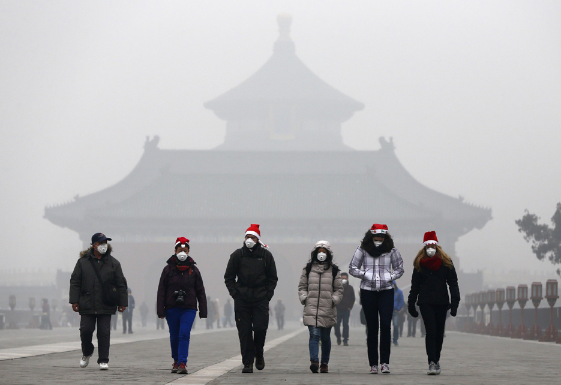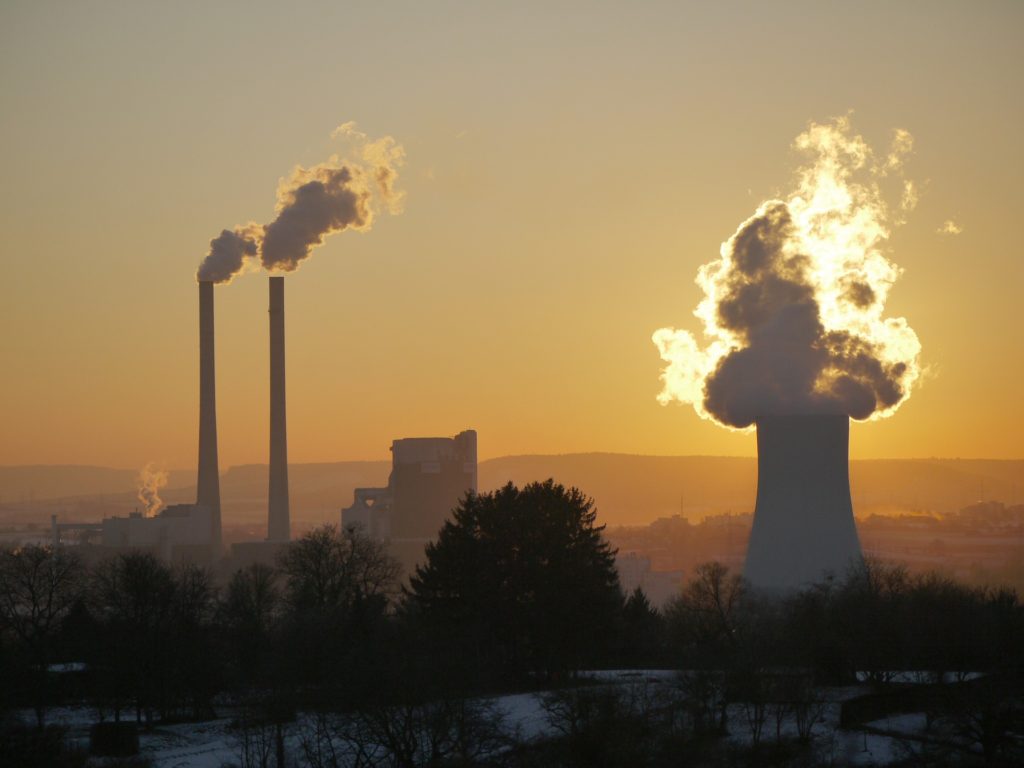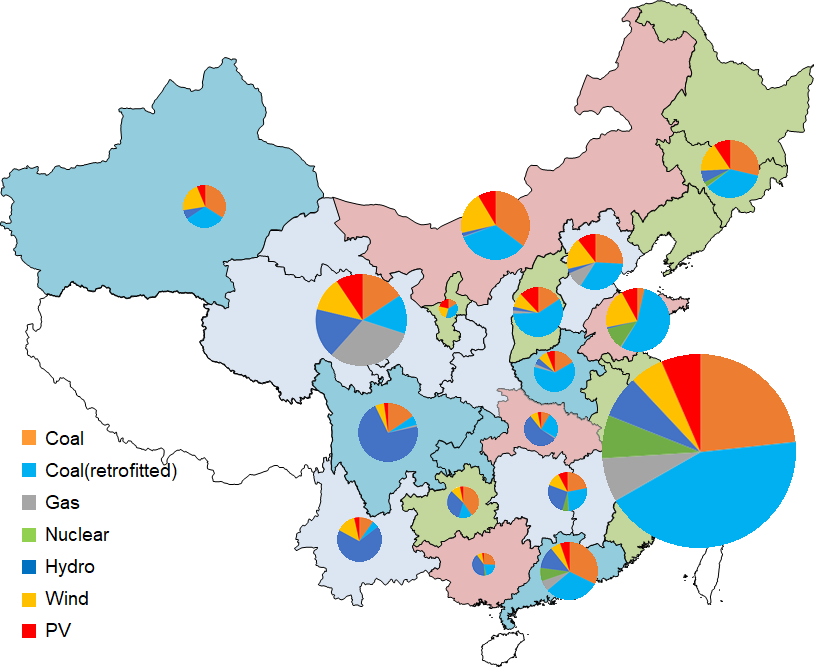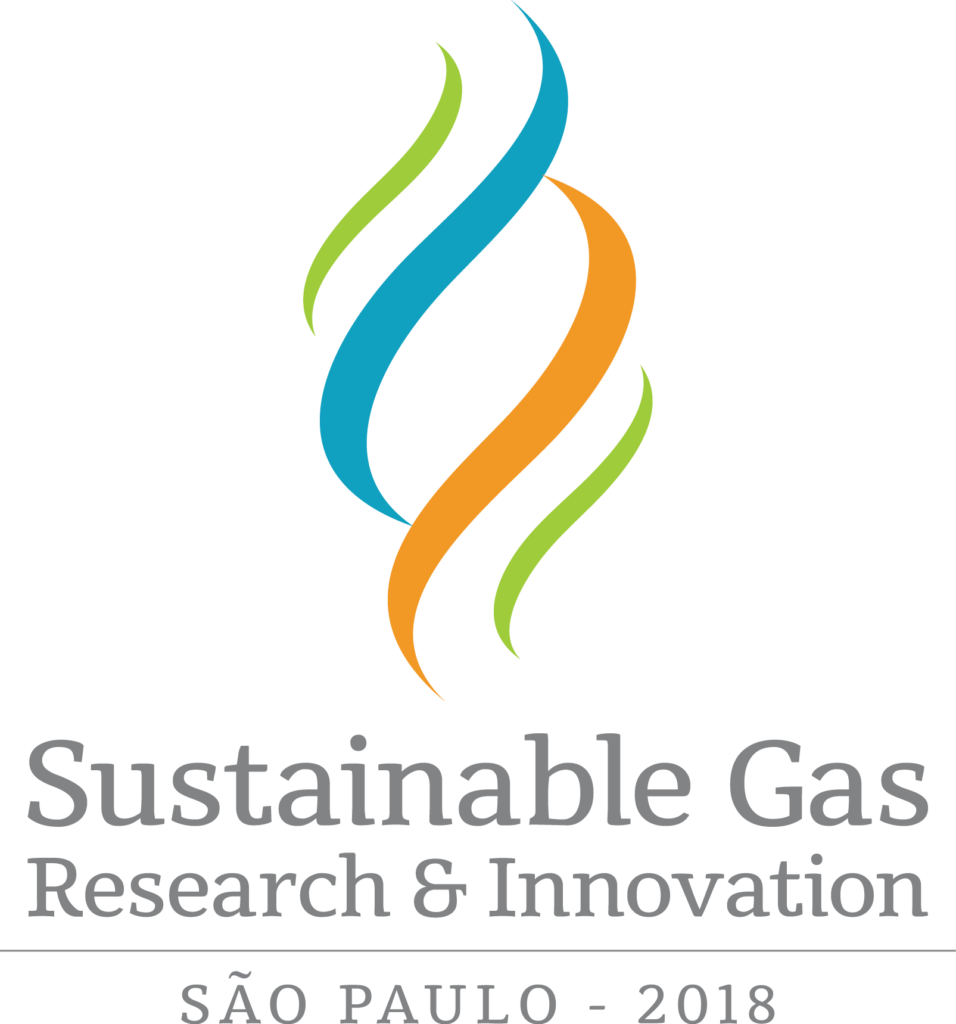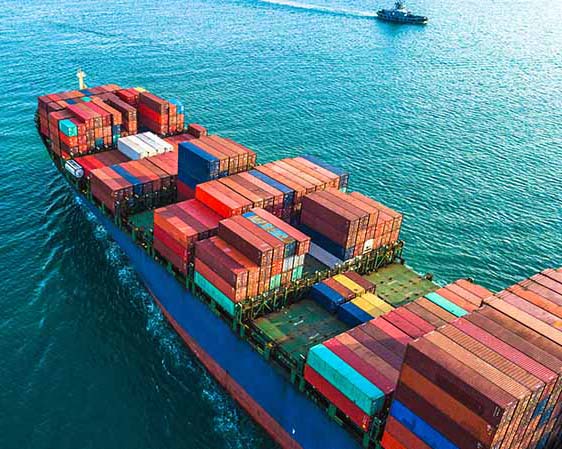Matheus Mansour is a final-year undergraduate student in Industrial Engineering at the University of Sao Paulo’s Polytechnic School. Matheus is from Brazil and is interested in statistics, operations research, machine learning and tech businesses in general. He is currently working on his capstone project where he applies neural networks to build a forecasting model for farming production in Brazil. In this blog, Matheus writes about this project and explains how its methodology can be used as a step to guide public policy towards a more sustainable future worldwide.
Much has been said about sustainability over the past 30 years. Starting from the basic definition of satisfying the needs of the present without compromising the capacity of future generations of satisfying their own needs, there are many aspects that must be taken care of to ensure an overall positive outlook for the generations to come.
One such aspect concerns taking action to combat climate change and its impacts. It is known that the current climate change is mainly caused by human activity (i.e. by people burning fossil fuels and converting land from forests to agriculture, thus releasing carbon dioxide into the atmosphere). Regarding the latter, the incentives for such behaviour are plentiful: with an ever-growing population and limited land supply, natural coverage areas are being deforested in order to grow crops and meet the consequential rising farming demand. Specifically in Brazil, for instance, it is estimated (FAO) that 20% of the Amazon rainforest has been lost to deforestation over the past 50 years.
In addition, more than two thirds of the national gross CO2 emissions come from land use, land-use change and forestry (FILHO et al., 2010). As carbon dioxide is one of the main drivers of climate change, an appropriate national-level set of public policies to avoid deforestation is thus expected to bring high dividends. This has to be done, however, while still allowing the productive sector to meet agricultural and livestock demand of an expanding economy so as to not harm the country’s development.
If deforestation is to be avoided without compromising on a reduced output and exports, it is necessary to increase farming productivity. This, however, cannot be done as the need arises. Public policies are necessary and should be planned well ahead. It is necessary to identify the needed and sufficient improvements in productivity that allow for meeting future farming demand with the current levels of land supply available for agriculture and pasture. In case of assessing possible reforestation policies, it is also necessary to address the consequent needed increase in productivities that will lead to the demand being met.
Our project is then constructed in two main phases. First, we need an accurate mid to long-term projection for the baseline output of the main agricultural crops and livestock in Brazil, with occasional deforestation. This will serve as a means to assess the natural development of internal and external farming demand to unfold. Since we wish to assess how a restricted (by policy) land supply will affect total output in the future, it is necessary to build a model relating those variables, whose relationship is by no means linear, as total output depends on a range of different internal and external factors. While other models use static methods such as time series to make output forecasts, they do not allow this scenario simulation, which is the core of our project. We therefore use neural networks to capture those intrinsic relationships between inputs and farming output. This way, we are able to simulate what would happen to production if we tweak the input drivers by policy-making to achieve our sustainability goals.
Lastly, we are left with the task of assessing an optimal set of productivity gains necessary for future scenarios without deforestation and with reforestation. This will hopefully be an essential tool to guide public policy today towards a future both sustainable and prosperous.


